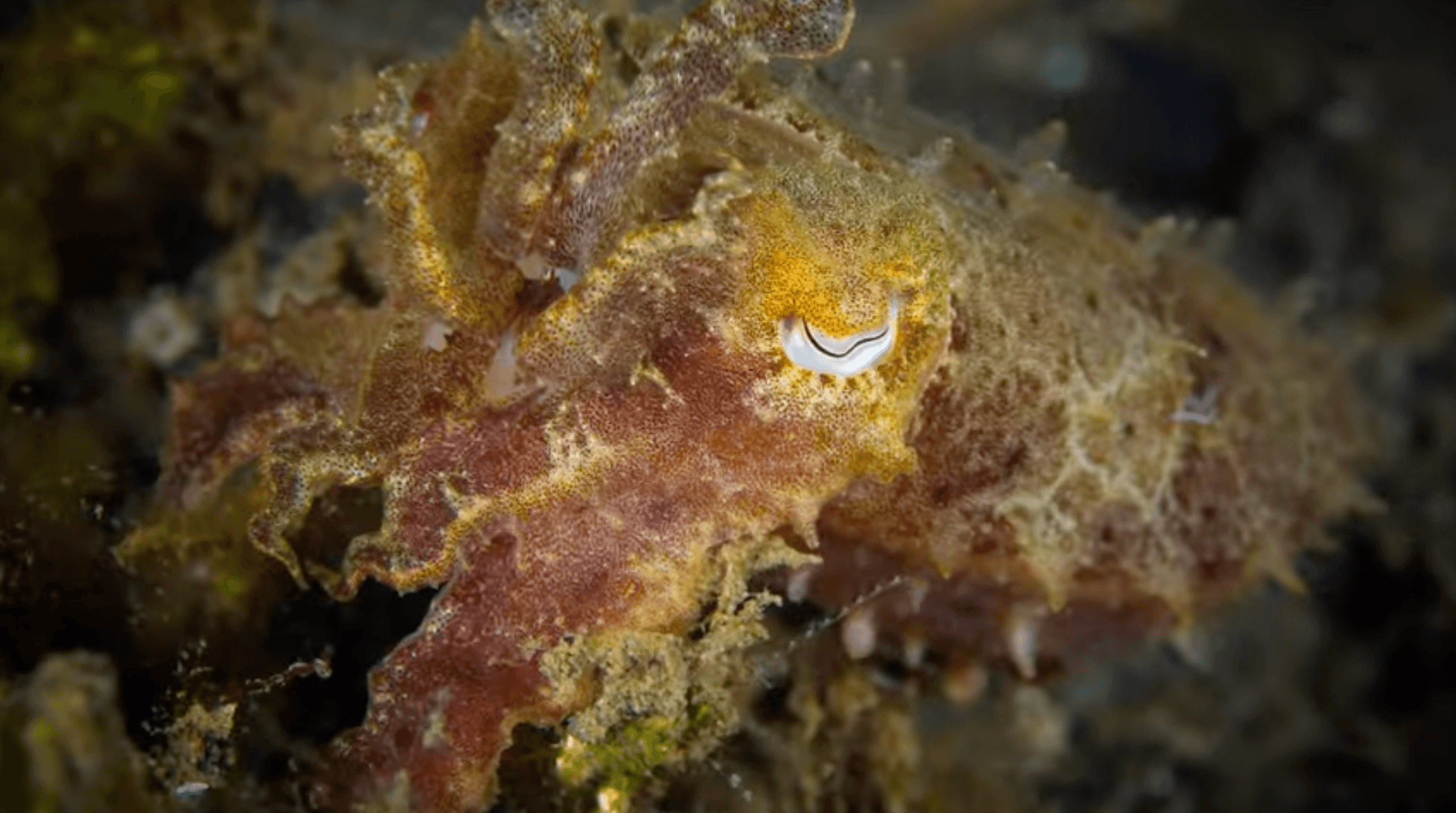The spring meeting of the American Chemical Society (ACS) was held virtually and in person March 26–30, 2023, and featured more than 10,000 presentations on a wide range of science topics. Read on to discover some of the exciting research presented at the meeting.

Cephalopods are highly intelligent marine creatures. This group within the molluscan class Cephalopoda includes octopus, squid, cuttlefish, and nautilus. These animals are characterized by a prominent head and a set of tentacles, but a less obvious feature is that many have mastered the art of invisibility, easily blending into their environment to evade predators or surprise prey.
However, research into this fascinating natural behavior has been hampered because it is not possible to culture cephalopod skin cells in the lab, and establishing frameworks for describing how these cells manipulate light has proven challenging.
But now, a group working at the University of California, USA, report that they have successfully used mammalian cells to replicate the tunable transparency of squid skin. The researchers presented their incredible findings at the ACS 2023 Spring National Meeting, summarizing research published earlier in the year in ACS Biomaterials Science & Engineering.
The team concentrated their research around leucophores, a special type of cephalopod cell made up of light-scattering reflectin proteins that make the cells appear bright white. They used genetic engineering to create reflectin nanostructures in human embryonic kidney cells and evaluated their refractive indices under physiologically relevant conditions.
"We wanted to engineer mammalian cells to stably, instead of temporarily, form reflectin nanostructures for which we could better control the scattering of light," says Alon Gorodetsky, Ph.D., the principal investigator on the project. "Then, at a cellular level, or even the culture level, we thought that we could predictably alter the cells’ transparency relative to the surroundings or background."
The authors report that their findings could help scientists better understand squid skin cell behavior, proving useful in more advanced imaging techniques and leading to a better understanding of cell growth and development as a whole.
Watch the video briefing from the ACS Meeting Newsroom:
Explore Related Research from This Group in ACS Journals
Reconfigurable Micro- and Nano-Structured Camouflage Surfaces Inspired by Cephalopods
Yinuan Liu, Zhijing Feng, Chengyi Xu, Atrouli Chatterjee, and Alon A. Gorodetsky
Long-Range Proton Transport in Films from a Reflectin-Derived Polypeptide
Chengyi Xu, Nabin Kandel, Xin Qiao, Md. Imran Khan, Preeta Pratakshya, Nadia E. Tolouei, Bo Chen, and Alon A. Gorodetsky
Growth and Spatial Control of Murine Neural Stem Cells on Reflectin Films
Rylan Kautz, Long Phan, Janahan Arulmoli, Atrouli Chatterjee, Justin P. Kerr, Mahan Naeim, James Long, Alex Allevato, Jessica E. Leal-Cruz, LeAnn Le, Parsa Derakhshan, Francesco Tombola, Lisa A. Flanagan, and Alon A. Gorodetsky
Dynamic Materials Inspired by Cephalopods
Long Phan, Rylan Kautz, Erica M. Leung, Kyle L. Naughton, Yegor Van Dyke, and Alon A. Gorodetsky
Photochemical Doping of Protonic Transistors from a Cephalopod Protein
David D. Ordinario, Long Phan, Yegor Van Dyke, Tam Nguyen, Amanda G. Smith, Michael Nguyen, Nikka M. Mofid, MyAnh Kaylee Dao, and Alon A. Gorodetsky

